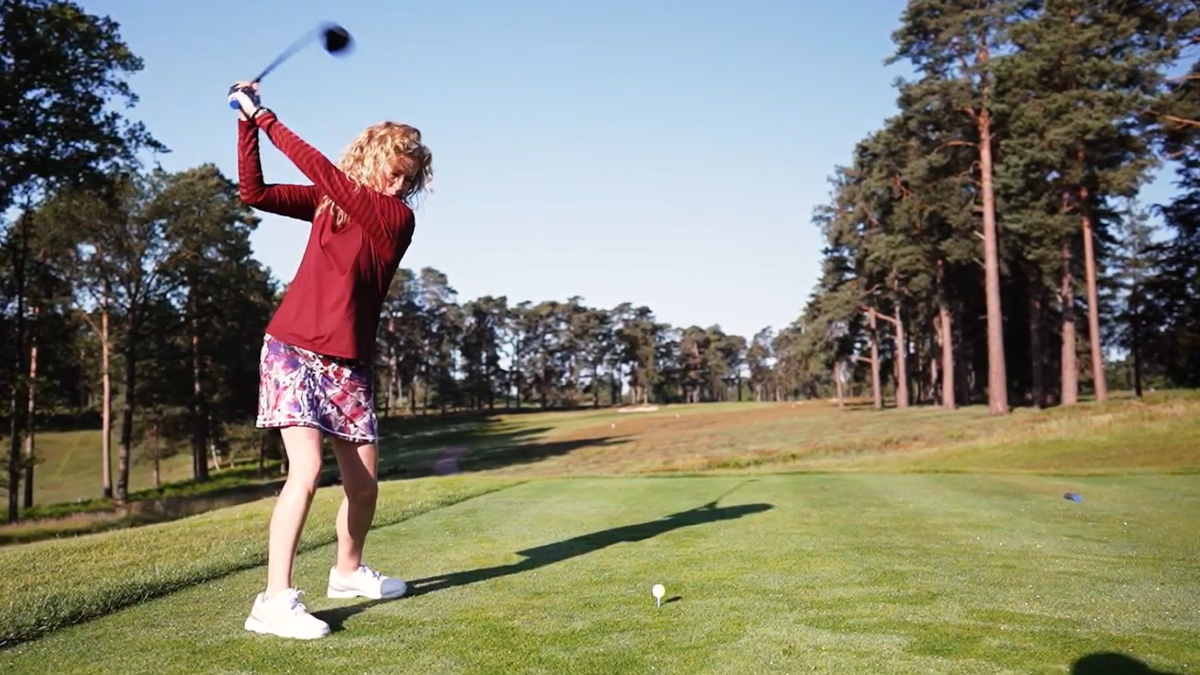Are you a golfer that is sick and tired of having the same lesson over and over again. You just cannot shorten your swing or straighten that lead arm. You invest countless hours scouring YouTube and hitting hundreds of balls on the range. Guess what? It’s likely a waste of time. So many players will never swing it like Rory McIlroy or Nelly Korda. Here’s why… they physically cannot make the moves, without seriously risking injury.
The connection of the golfer’s physical limitation and the way they swing the club is all too often overlooked by players and their coaches. Sometimes a golfer is asked about injuries or soreness, but rarely the connection between these ailments and the swing is explained.
Coaches who are clued up on biomechanics and have gone through TPI (Titleist Performance Institute) training will immediately be able to spot when a player has either an injury or restriction just by the way they swing it.
Once an understanding has been established of a player’s physical capabilities then a swing can be built for that individual. Alongside this, expectations can become more realistic. The enjoyment of golf is often tarnished with an unrealistic expectation to swing it exactly as the textbooks suggest. Once we accept what we can and can’t do we relax and begin to play with far more enjoyment.
Here are a few common faults that golfers often battle to banish and the physical reasons that may be behind why they are not improving.
Long Without The Strong
An overswing is one of the most common faults I see in many golfers. This isn’t always a bad thing, but often it’s caused by a restriction within the golfer’s physical makeup.
The ability to separate the upper and lower body is so important when it comes to efficiently swinging the club. Any limit in this – ie lack of rotation – and the golfer compensates by lifting the arms to complete the swing and often collapsing at the top. You can test this by adopting your golf posture, crossing your arms across your chest, making a pretzel shape, then hold an alignment stick to help spot any movement.
The idea is to only move the lower half, rotating your pelvis whilst keeping the upper body steady. If you struggle with this, place a chair in front of you and hold onto it to steady the upper body. Now try again….
..
Click Here to Read the Full Original Article at Golf Monthly…
